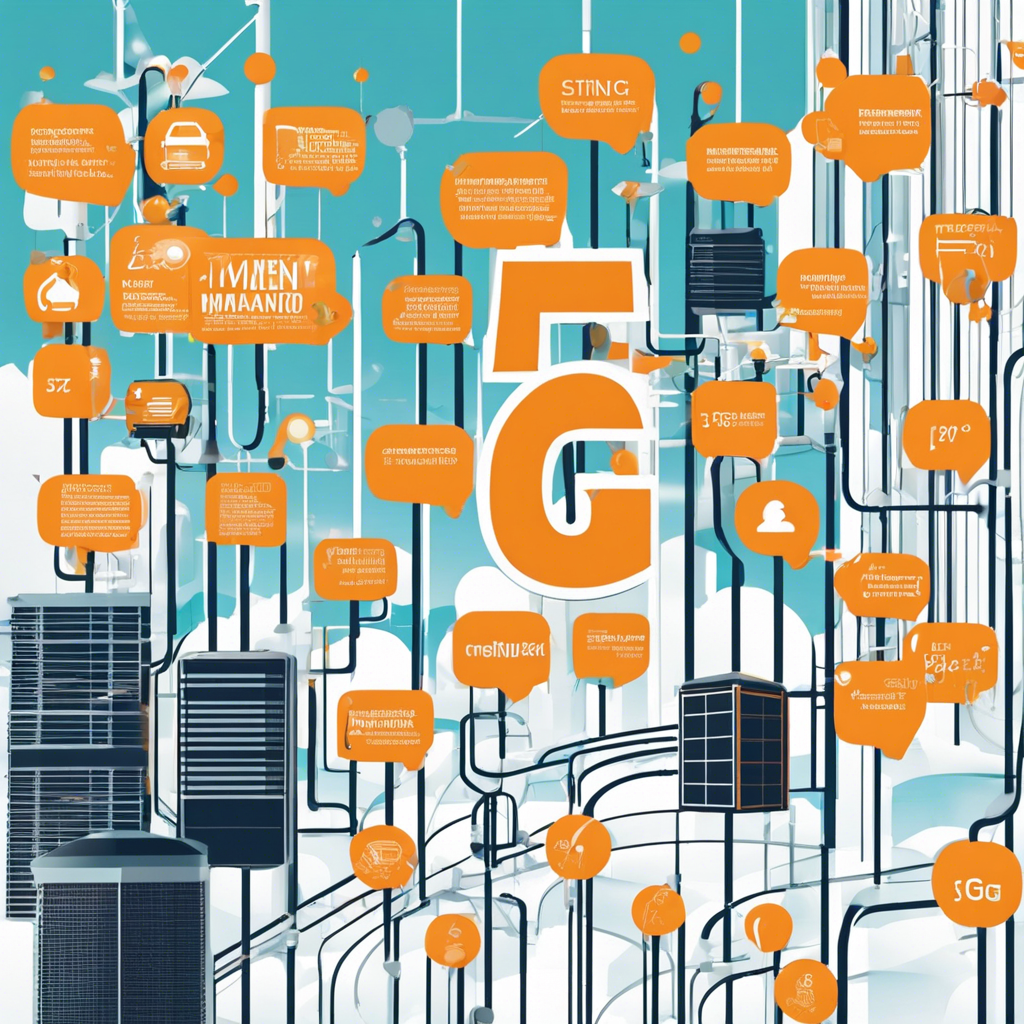The world is on the cusp of a significant technological advancement with the rollout of 5G networks, promising to revolutionize the way we interact with Internet-Connected Devices (ICDs). This next-generation wireless technology is set to supersede its predecessor, 4G, in speed, capacity, and connectivity, ushering in a new era of digital transformation. With its ability to support massive data transfers at lightning-fast speeds, 5G will be the driving force behind the Internet of Things (IoT), enabling a vast ecosystem of interconnected devices that communicate seamlessly. From smart homes and cities to autonomous vehicles and industry automation, 5G’s impact will be felt across all sectors.
Imagine a future where your home appliances, security systems, and entertainment devices are all seamlessly connected and responsive. 5G will make this a reality, providing the bandwidth and low latency required for real-time communication between devices. For instance, your smart refrigerator could monitor food supplies, automatically ordering groceries when supplies run low. Or, your home security system could detect unusual movement, instantly alerting you and the authorities, even allowing for remote access to live camera feeds. The possibilities are endless.
In the realm of transportation, 5G will play a pivotal role in the development of autonomous vehicles. These self-driving cars require vast amounts of data processing and near-instantaneous reaction times, which 5G can provide. With its ability to handle massive data rates, 5G will enable vehicles to communicate with each other and their surroundings, enhancing safety and efficiency on the roads. Moreover, it will facilitate the development of advanced driver assistance systems, further improving the driving experience.
The impact of 5G extends beyond homes and vehicles, with enormous implications for industry and infrastructure. Smart factories equipped with 5G-enabled sensors and machines can optimize production processes, improve efficiency, and minimize downtime. Additionally, 5G will support critical applications in areas like healthcare, where real-time data transmission is essential for telemedicine, remote surgeries, and patient monitoring.
As we stand on the precipice of this technological shift, it’s clear that 5G’s influence on ICDs will be far-reaching and transformative. The potential for innovation and improvement in our daily lives and across industries is immense. However, realizing this vision requires significant investment in infrastructure and collaboration between technology providers, manufacturers, and regulators. The future is undoubtedly exciting, as we prepare for the vast possibilities of 5G.
